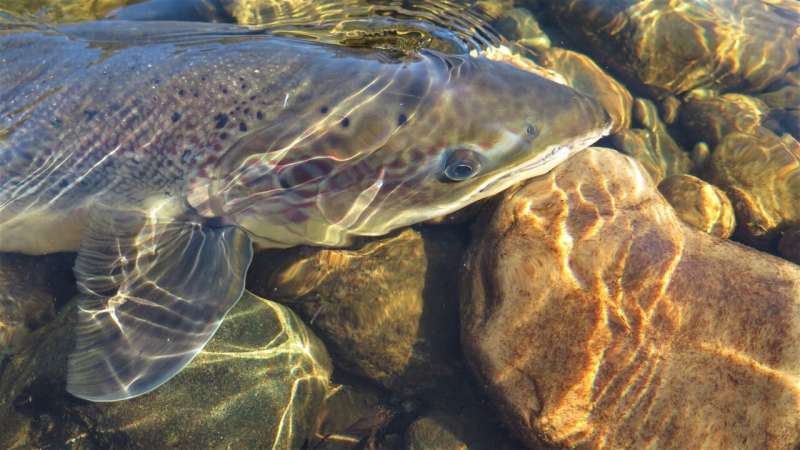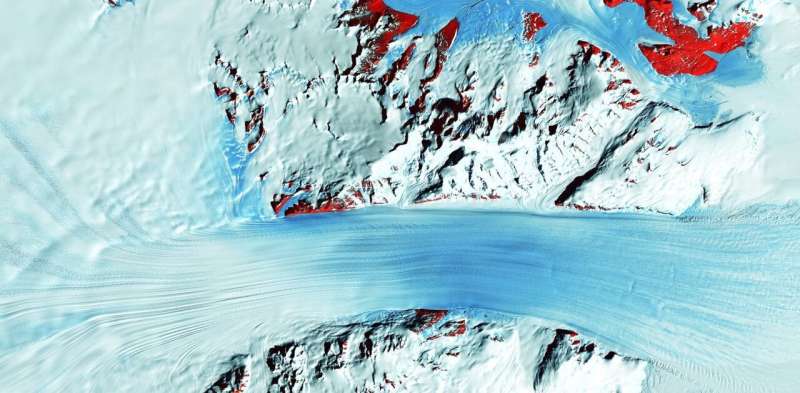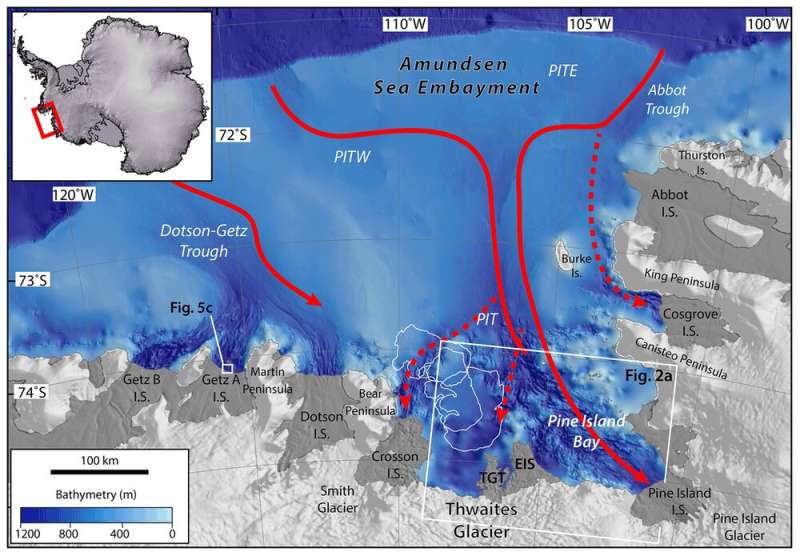NUKE NEWZ
Czech support for nuclear rises in energy crisis
23 December 2021
Support for nuclear energy has jumped to 65% in the Czech Republic with some 93% of people in the country wanting it to remain self-sufficient in electricity generation, according to a recent poll by IBRS.
.jpg?ext=.jpg) The Temelin nuclear power plant (Image: ČEZ)
The Temelin nuclear power plant (Image: ČEZ)
The figure of 65% support for nuclear represents a significant jump on the previous level of 59% in the second quarter of this year. IBRS put this down in part to the ongoing European energy crisis and its effects, including the collapse of alternative supplier Bohemia Energy.
Support for renewables reduced just slightly from 66% to 64% since the previous poll, while 39% of people said they support both kinds of low-carbon generation, up one percentage point.
IBRS asked people to choose which generation technology they would prefer to see take the largest share in the Czech power sector. Nuclear was preferred by 48% of people, with renewables preferred by 42%, the biggest divergence between them since 2016 when renewables scored 46% to nuclear's 40%. However, both of the clean technologies were preferred by far over fossil fuels coal and gas, which were the preference of only 4% and 6% of people respectively.
IBRS conducted the poll between 28 October and 26 November via face-to-face, online and telephone interviews with a representative sample of 500 people. It shared the summary results with World Nuclear News.
Unsurprisingly, energy security was a top concern. Some 93% of people said they think the Czech Republic should remain self-sufficient in electricity generation. In a scenario where the country relies on electricity imports their concerns were an increase in prices (76%), stability of supply (55%) and security risk (34%).
ONTARIO
Bruce 6 steam generators lifted into place
22 December 2021
The last of eight replacement steam generators has been lifted into place at Bruce unit 6, marking an important milestone in the ongoing Major Component Replacement (MCR) project which will add 30-35 years to the Candu unit's operational life.
.jpg?ext=.jpg) Bruce 6's final steam generator is lifted into place 6 (Image: Bruce Power)
Bruce 6's final steam generator is lifted into place 6 (Image: Bruce Power)Unit 6 contains eight steam generators, each weighing some 320,000 pounds (145 tonnes). The steam generators were lifted through the powerhouse roof enclosure using Mammoet's PTC-35 crane, one of the largest in the world, and set into place with only millimetres of tolerance. Before the first lift, a 3D layout was prepared of the steam generators by laser topography to verify dimensions.
The new steam generators were fabricated at BWXT in Cambridge, Ontario and shipped to the Bruce site late last year. This 'Made in Ontario' nuclear injects billions into Ontario's economy and creates and sustains 22,000 high-skilled jobs annually, said Bruce Power Executive Vice President, Projects & Engineering Eric Chassard.
"These new steam generators will be in service for many decades providing clean, reliable power to Ontario homes and businesses," he said. "This is a culmination of many years of hard work and collaboration between Bruce Power and our partners like SGRT, BWXT, Mammoet, Nuvia and the Building Trades Unions."
The vendor responsible for replacing the Unit 6 steam generators is the Steam Generator Replacement Team (SGRT), a 50:50 joint venture between Aecon and SGT (a partnership between Framatome and United Engineers & Constructors). The consortium has also been awarded a contract for the same scope on Bruce units 3 and 4 which are yet to undergo MCR.
The MCR project is part of Bruce's Life-Extension Program, a long-term investment programme to update all eight Bruce reactors and secure the site's operation until 2064. Bruce 6 is the first of six units to undergo MCR, which includes the replacement of key reactor components such as steam generators, pressure tubes, calandria tubes and feeder tubes. The MCR of Bruce 6 began in January 2020, and is expected to be finished in 2024. Refurbishment of the final reactor, unit 8, is scheduled to be completed in July 2033. Units 1 and 2 have already been refurbished.
Europe's first EPR reaches criticality
21 December 2021
Finland's fifth nuclear reactor, Olkiluoto 3 (OL3), has reached first criticality. The EPR is the first new nuclear unit to be commissioned in Finland in over 40 years, and will eventually produce some 14% of the country's electricity.
.jpg?ext=.jpg) Inside OL3, Finland's newest nuclear plant (Image: TVO)
Inside OL3, Finland's newest nuclear plant (Image: TVO)
"First criticality of the OL3 EPR plant unit was reached on Tuesday, December 21, 2021 at 3.22 a.m.", utility Teollisuuden Voima Oyj (TVO) announced. Electricity production will begin when the unit is connected to the national grid, which is expected to happen at the end of January 2022.
"This moment will forever be remembered as a demonstration of persistent work for the commissioning of our new plant unit. It reflects strong nuclear professionalism and a will to make Finland's greatest act for the climate a reality," TVO Senior Vice President for Electricity Production Marjo Mustonen said.
Bernard Fontana, CEO of Framatome, thanked the project teams from Framatome and Areva for their perseverance. "This milestone paves the way for safe, reliable, low-carbon electricity generation to the residents of Finland," he said, adding that the company will continue to support the unit with services ranging from fuel fabrication to long-term operational and outage support.
"I would like to congratulate TVO and all its partners on the completion of Olkiluoto 3," World Nuclear Association Director General Sama Bilbao y Léon said. "This reactor will serve the people of Finland for many decades, providing abundant, round-the-clock clean, reliable and affordable electricity - the importance of which we are painfully reminded of right now."
Finland's parliament in 2002 approved building the country's fifth nuclear power reactor. The vote was seen as highly significant, in that it was the first such decision to build a new nuclear unit in Western Europe for more than a decade. TVO's Olkiluoto site - already home to two operating boiling water reactors - was subsequently selected to host the new reactor.
Framatome ANP's 1600 MWe EPR was selected as the preferred reactor based on operating cost, with Siemens selected to provide the turbines and generators. TVO signed a fixed-price EUR3.2 billion turnkey contract with Areva NP and Siemens for the unit in December 2003, and construction began in 2005. Commercial operation was originally scheduled for 2009, but the project has encountered various delays and setbacks.
The Finnish Government granted an operating licence for OL3 in March 2019. Finland's nuclear regulator, STUK, granted a fuel loading permit in March of this year. Fuel loading was completed on 1 April, at which point an October start-up was envisaged. However, this was postponed to allow for extra turbine overhaul and inspection works by the plant supplier.
Now the unit has started up, its power level will be gradually increased and commissioning tests will be carried out at every power level. Electricity production will start when a 30% power level is reached, TVO said. This is expected at the end of January, with regular electricity production expected to start in June. OL3 is then expected to produce around 14% of Finland's electricity.
The first EPR units came online at Taishan in China, where unit 1 became the first EPR to enter commercial operation in 2018 followed by Taishan 2 in September 2019. In Europe, EPRs are currently under construction in France and the UK: Flamanville 3, currently expected to start up in 2023 with commercial operation in 2024; and two units at Hinkley Point C, currently slated for commercial operation in 2026 (unit 1) and 2027 (unit 2).
Researched and written by World Nuclear News











